Common myths about the wild west debunked
The Wild West is a tapestry of myths and legends that have shaped the American cultural landscape for generations. From tales of daring cowboys to notorious outlaws, the stories of the West are as vast and varied as the prairies themselves. But how much of what we know is fact, and how much is fiction? Let’s take a journey through history to uncover the truths behind these legendary tales.
The Myth of the Cowboy Hat: Fashion vs. Function
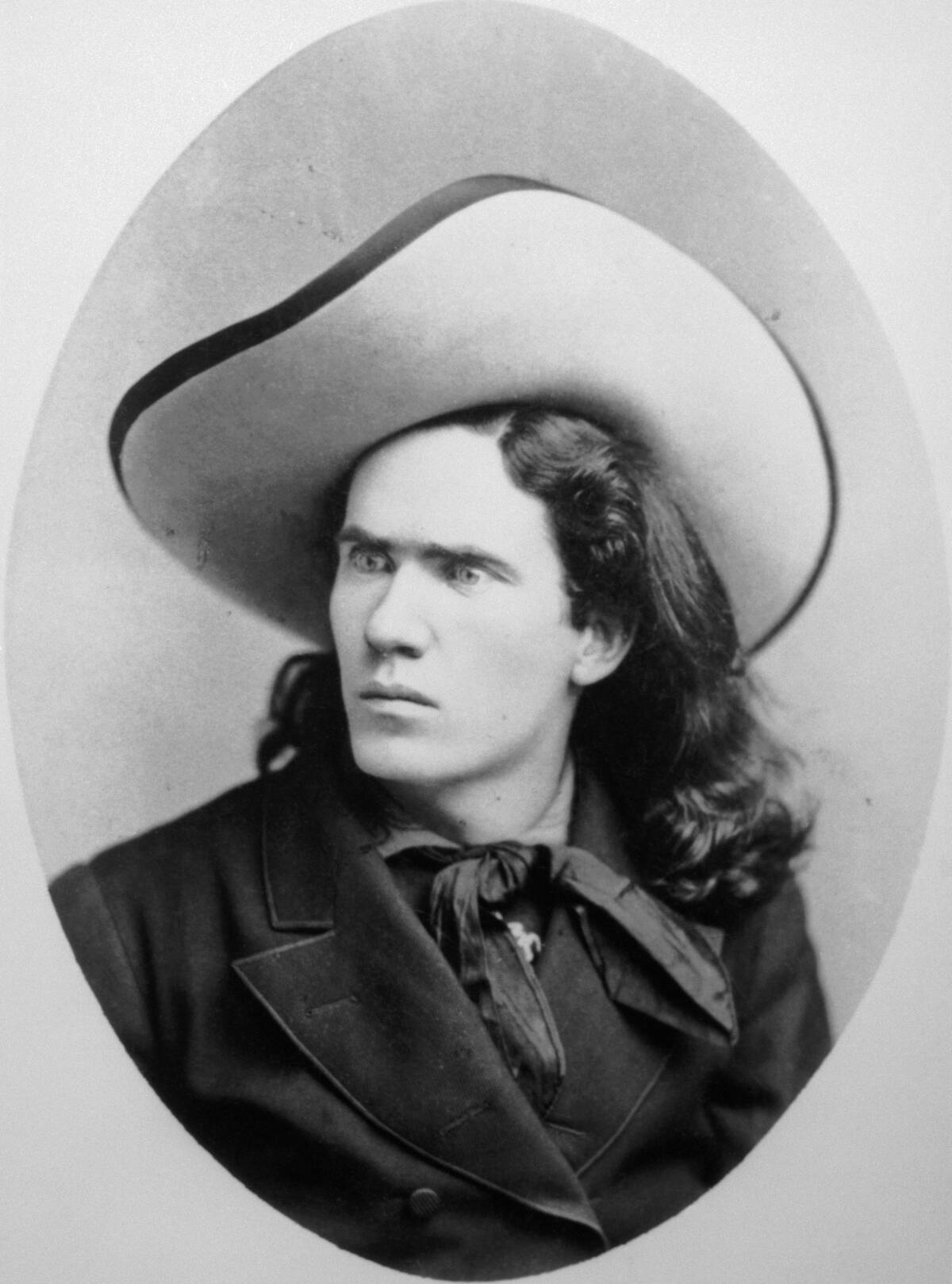
The iconic cowboy hat, often depicted as a symbol of rugged individualism, wasn’t just a fashion statement. Designed by John B. Stetson in 1865, the hat was practical, shielding wearers from harsh sun and rain. While Hollywood glamorized it into a stylish accessory, cowboys valued its wide brim for very functional reasons, such as using it to scoop water for their horses. Stetson’s “Boss of the Plains” hat became the blueprint for the classic cowboy silhouette.
Gunfights at High Noon: Hollywood vs. Reality
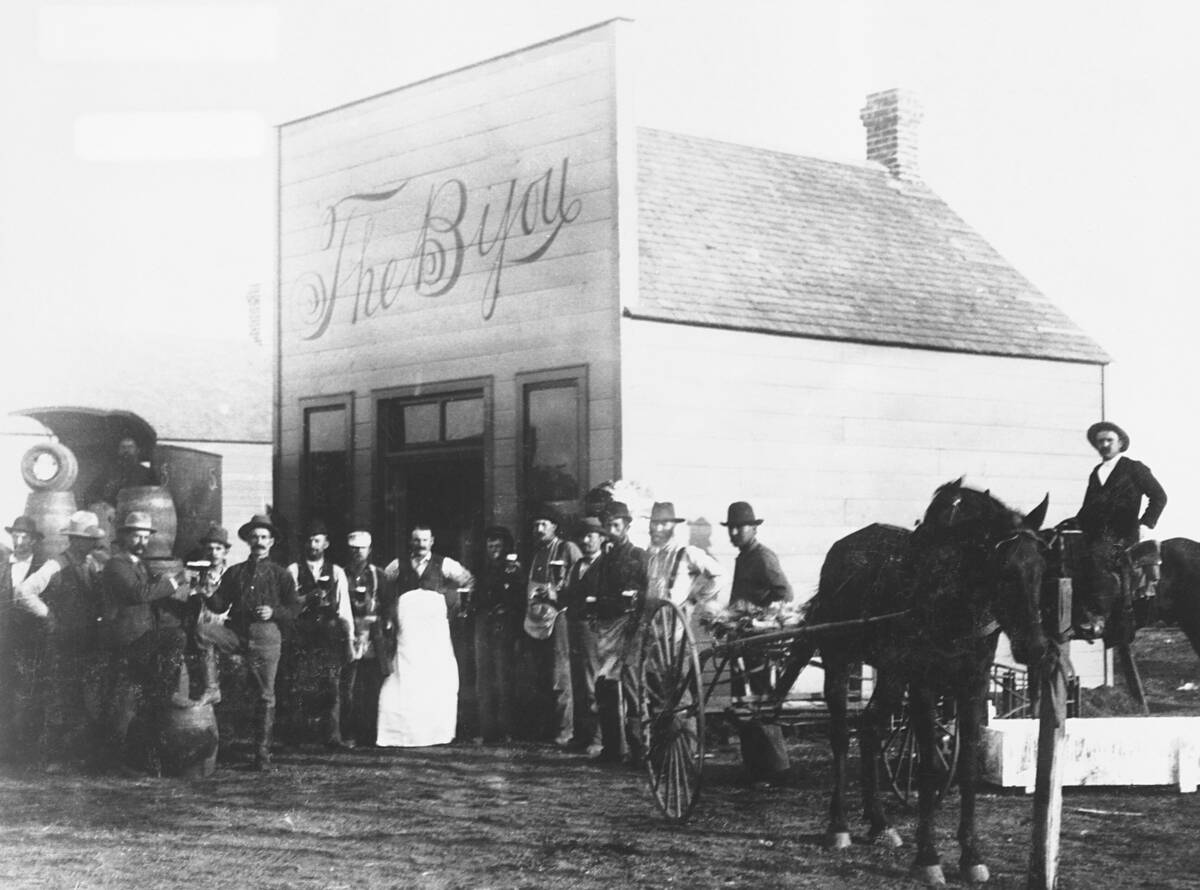
Hollywood often portrays the Wild West as rife with dramatic gunfights, yet the reality was far less theatrical. Real-life gunfights, like the famed shootout at the O.K. Corral, were rare and usually chaotic, not the choreographed duels seen on screen. In fact, many towns enforced strict gun control laws to maintain peace. It seems the silver screen has amplified these skirmishes into epic tales of heroism and villainy.
Cowboys Always Rode Alone: The Truth About Cattle Drives
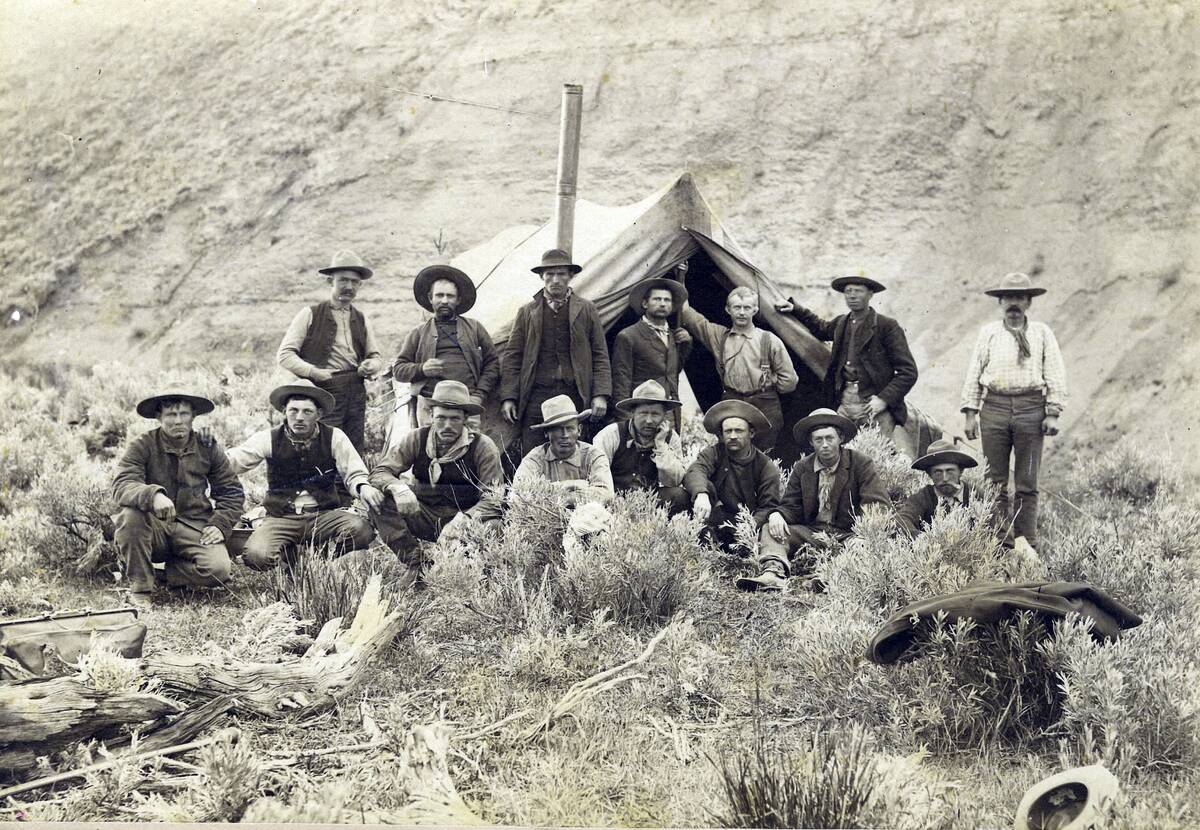
The lone cowboy riding into the sunset is an enduring image, but cattle drives were actually team efforts. Cowboys worked in groups to manage large herds, often numbering in the thousands, on drives that could last for months. These cowboys needed each other for safety and camaraderie, as they faced harsh weather, treacherous terrain, and cattle rustlers. It was a demanding job that required teamwork rather than solitary heroics.
The Wild West Was Lawless: A Look at Frontier Justice
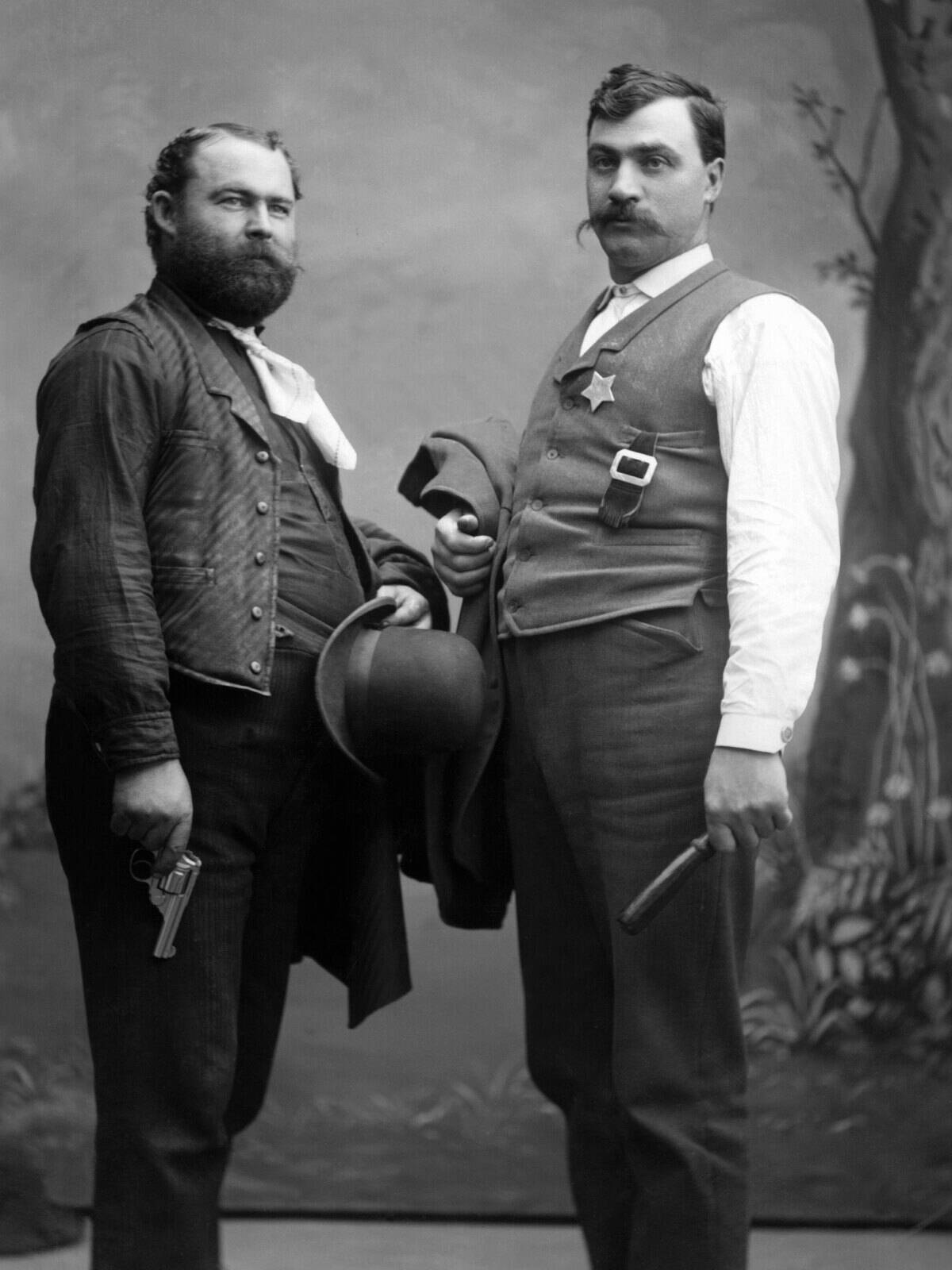
Contrary to popular belief, the Wild West wasn’t a lawless free-for-all. Many frontier towns had established legal systems, albeit rough and ready ones. Vigilante justice was not uncommon, but it operated within a framework of community-driven law enforcement. Figures like Wyatt Earp and “Hanging Judge” Isaac Parker symbolize the era’s unique blend of formal and informal justice, striving to maintain order in rapidly growing settlements.
The Infamous Outlaws: Heroes or Villains?
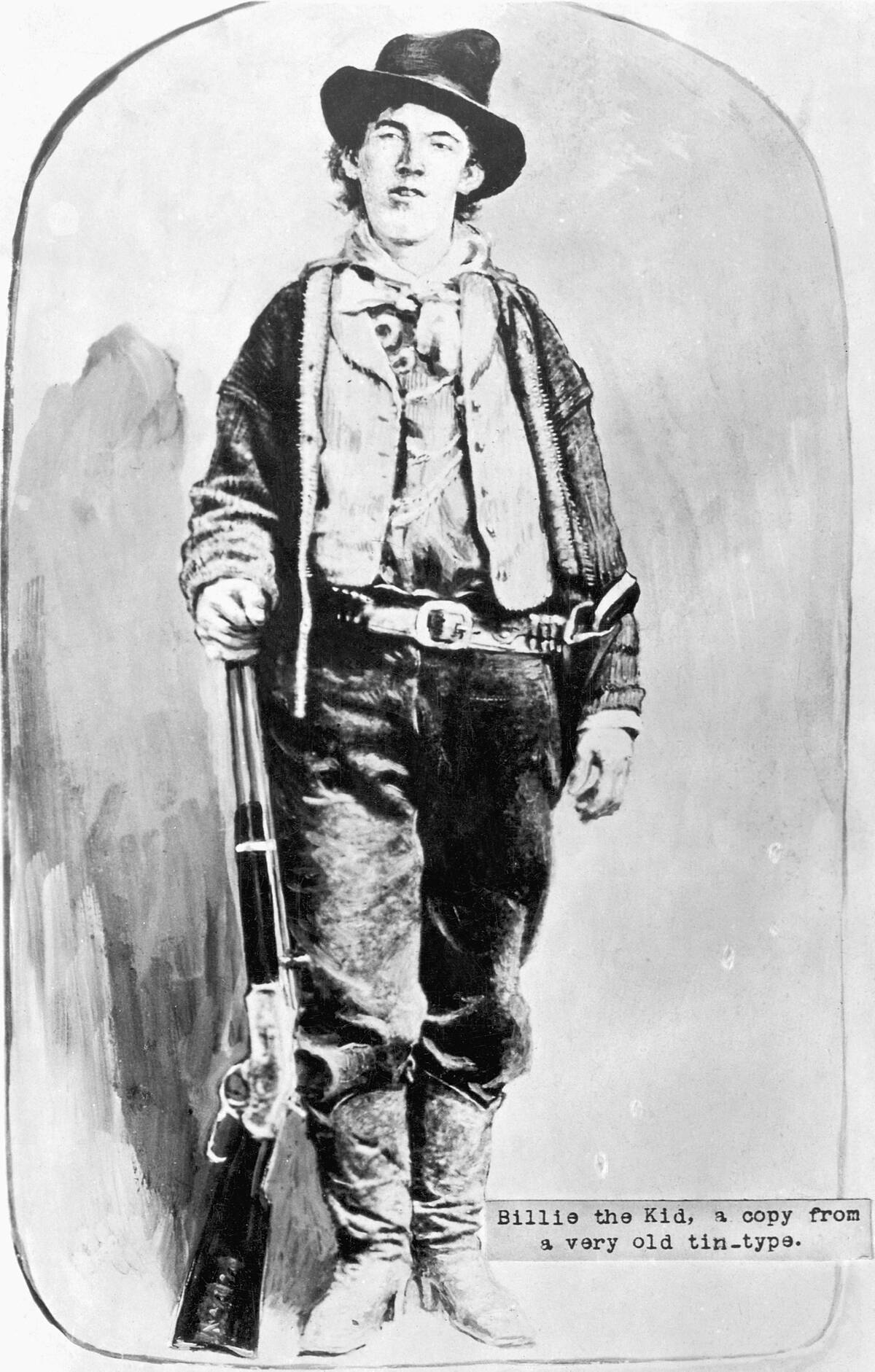
Outlaws like Jesse James and Billy the Kid are often romanticized as folk heroes, though their lives were far from glamorous. These figures were products of their turbulent times, often driven to crime by economic hardship and social upheaval. Their audacious criminal acts captured the public’s imagination, blurring the line between villain and anti-hero. While some saw them as rebels against authority, their legacies remain controversial.
Native American Relations: Conflict and Cooperation
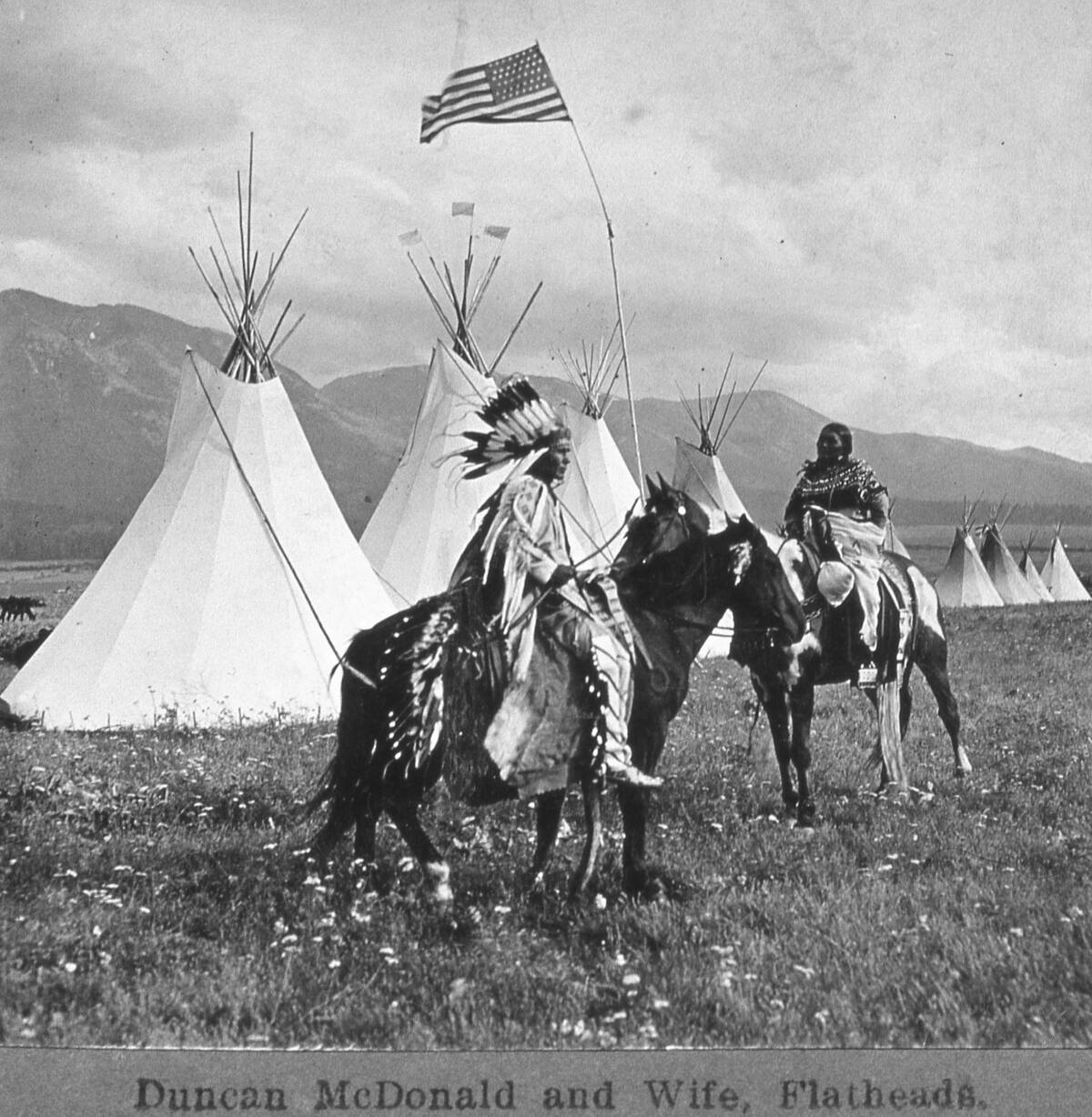
The history of Native American relations in the Wild West is complex, marked by both conflict and cooperation. While many tribes were forcibly removed from their lands, others engaged in trade and alliances with settlers. Figures like Sacagawea and Chief Joseph exemplify the diverse interactions between Native Americans and newcomers. The story of the West cannot be told without acknowledging the significant impact and contributions of its indigenous peoples.
Women in the Wild West: More Than Just Damsels in Distress
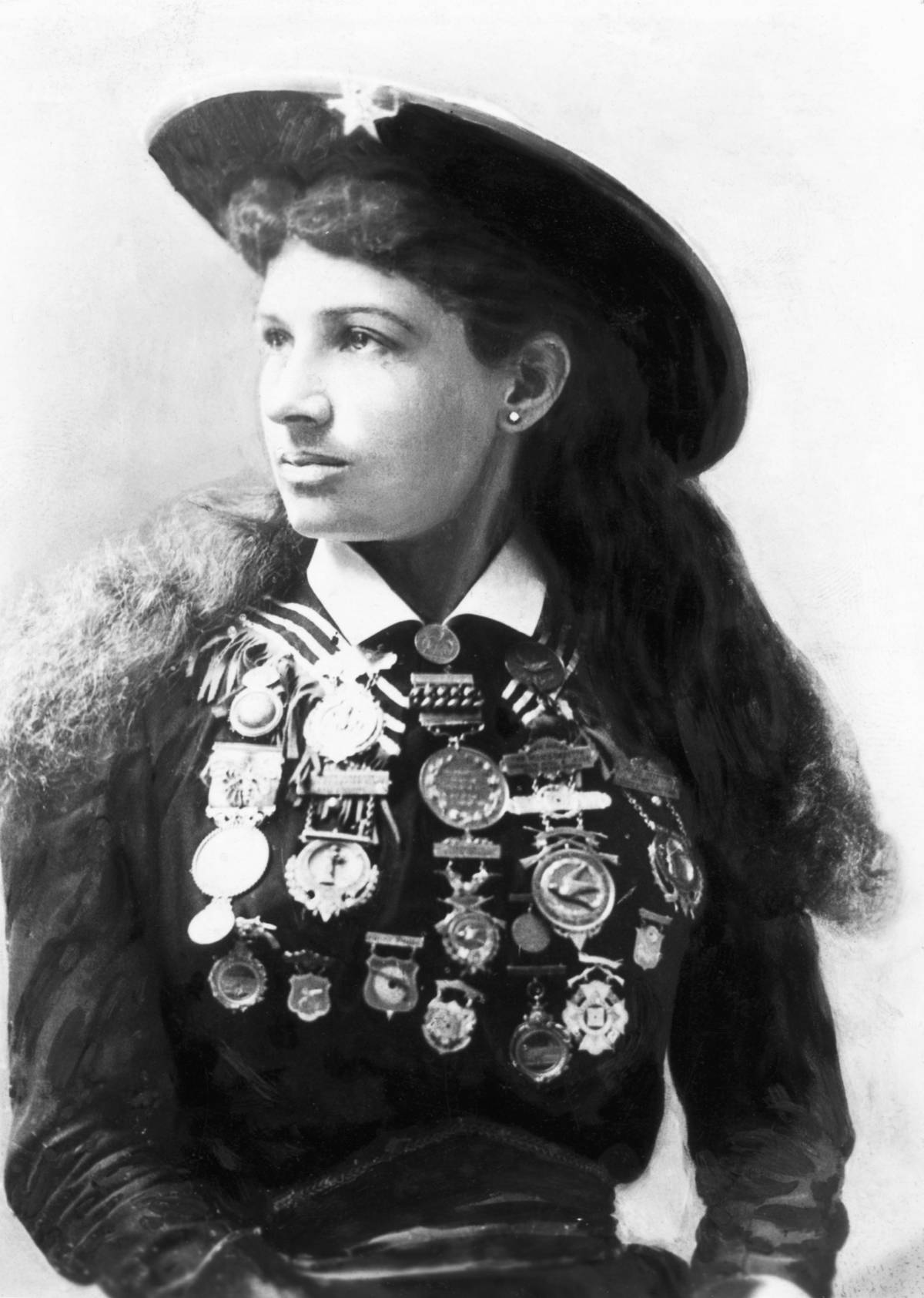
Women in the Wild West were far from the helpless figures often depicted in media. They played crucial roles as homesteaders, entrepreneurs, and even outlaws. Figures like Annie Oakley and Calamity Jane challenged gender norms and became legends in their own right. Women worked as teachers, saloon owners, and ranchers, contributing significantly to the development of the frontier. Their stories reveal a diverse and dynamic contribution to the Wild West.
Saloons and Taverns: The Heart of Every Western Town?
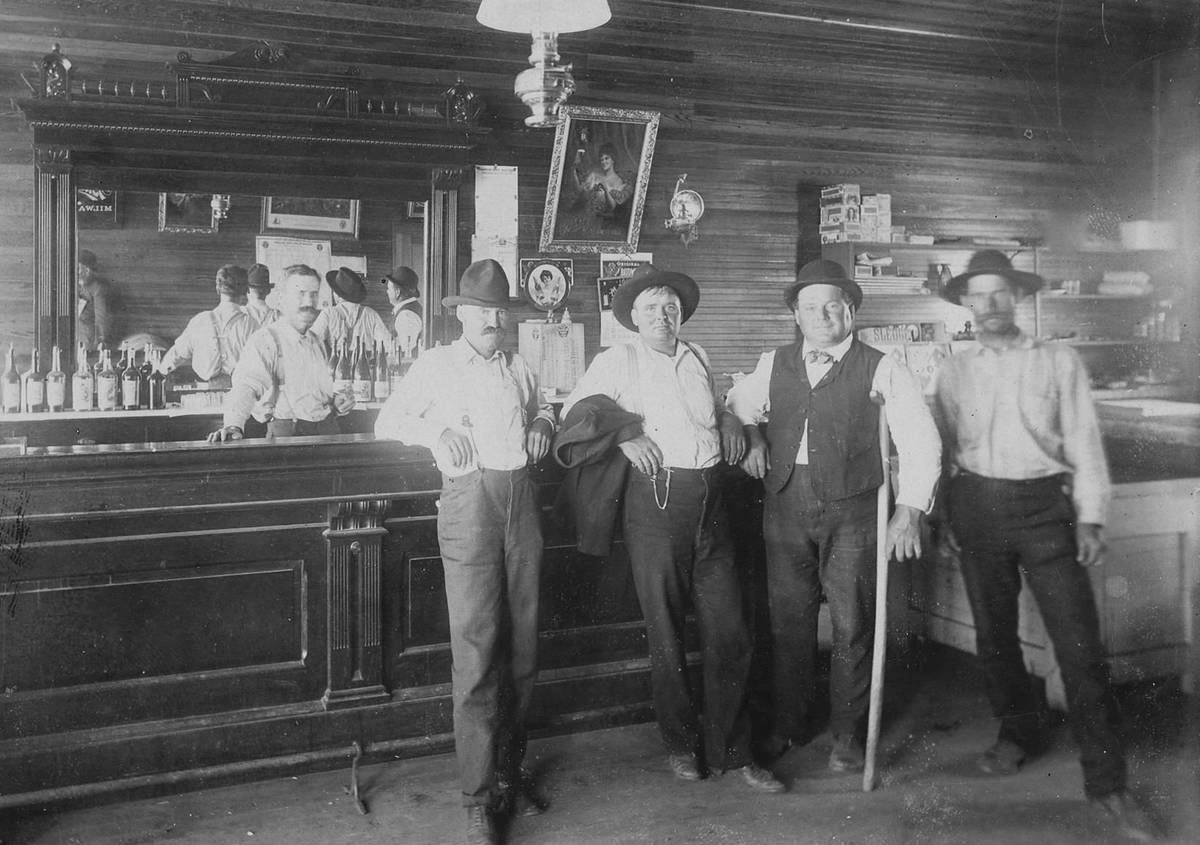
Saloons were indeed central to social life in many Western towns, serving as more than just drinking establishments. They were hubs of community activity, where locals gathered for news, entertainment, and political meetings. The atmosphere ranged from rowdy to refined, depending on the locale. Iconic images of swinging saloon doors and poker games reflect this vibrant social scene, where deals were struck and legends were born over a glass of whiskey.
The Gold Rush: Get Rich Quick or Fool’s Gold?
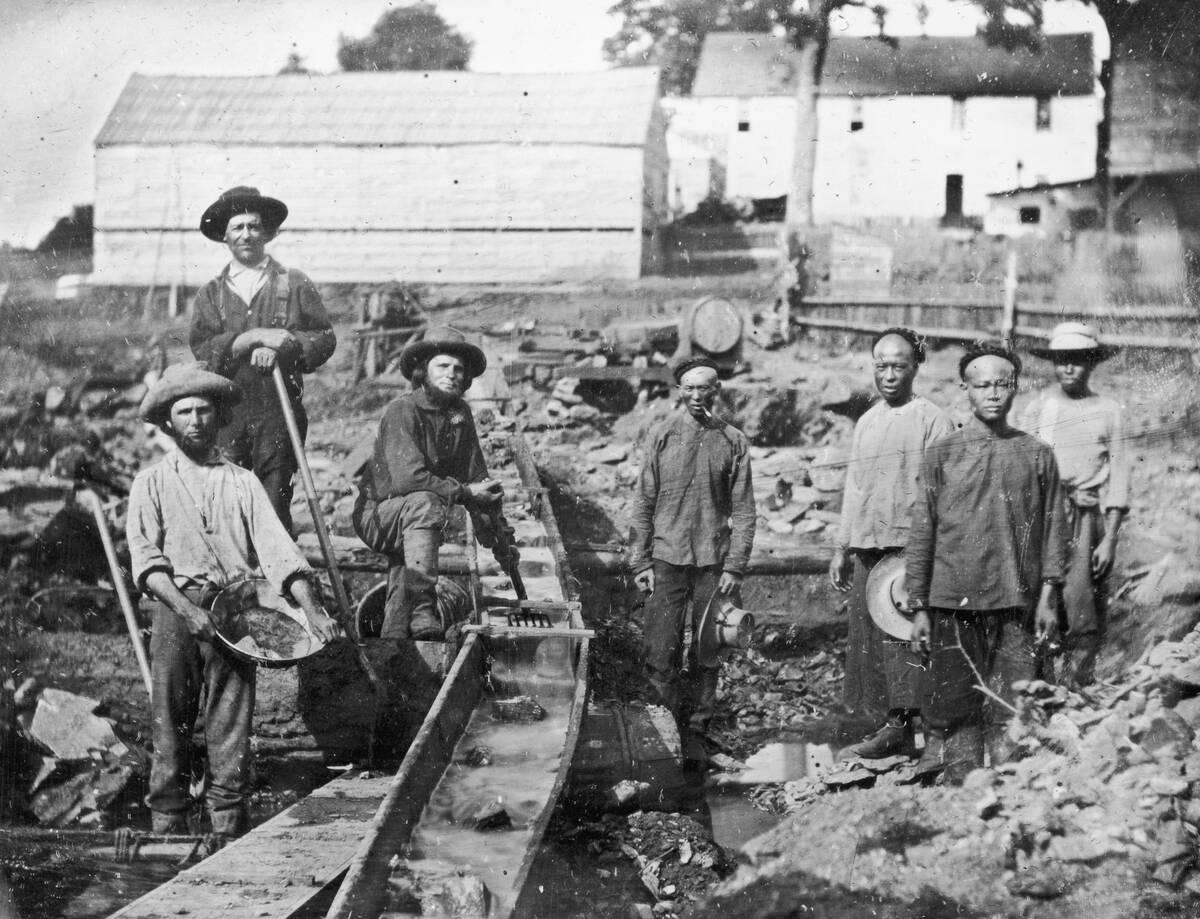
The Gold Rush of 1849 lured thousands with dreams of instant wealth, but the reality was often far less glamorous. While some struck it rich, many more found only hardship and disappointment. Boomtowns emerged overnight, only to become ghost towns just as quickly when the gold ran out. The rush transformed the American West, prompting massive migration and economic activity, yet it was a gamble with fortunes that few truly won.
Stagecoach Robberies: Fact or Fiction?
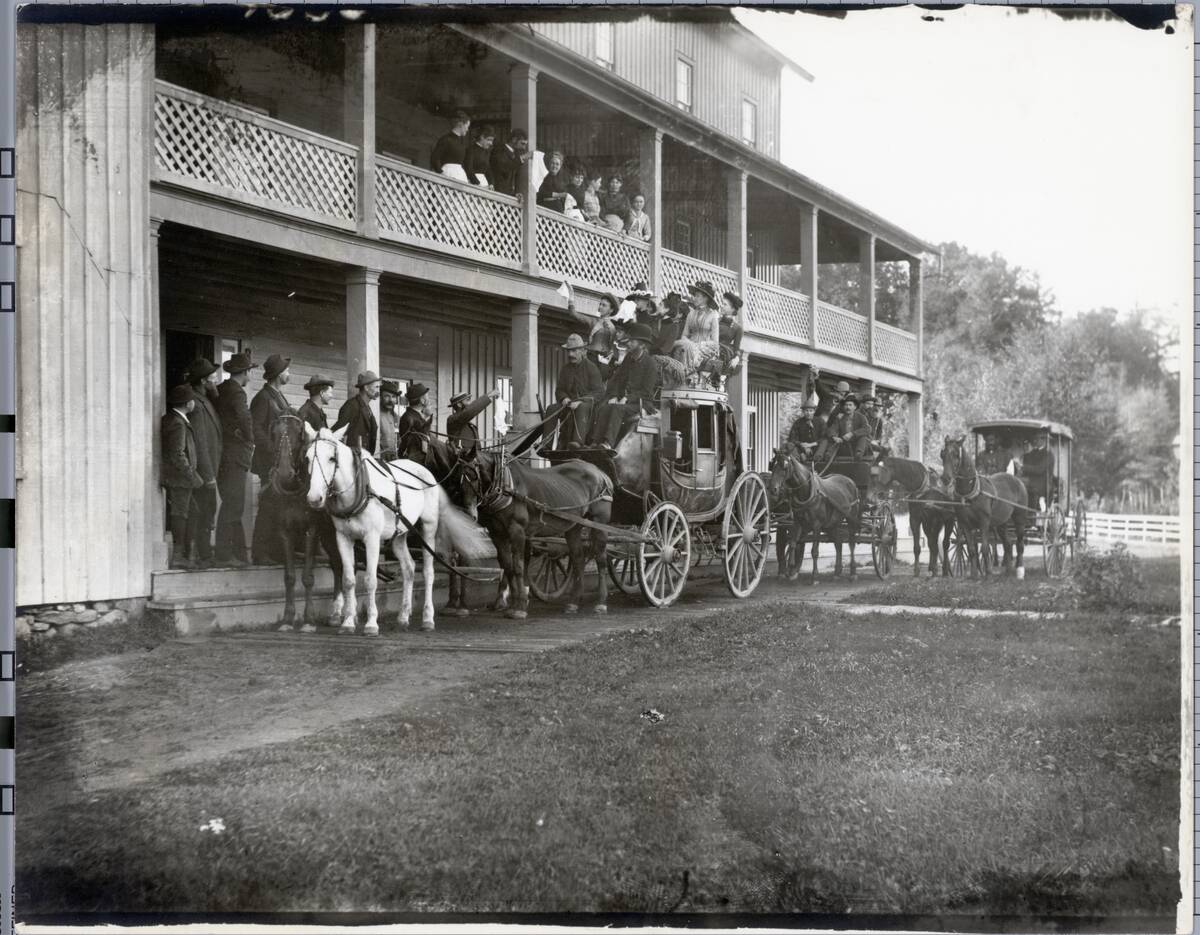
Stagecoach robberies are a staple of Western lore, but their frequency is often exaggerated. While notorious bandits like Black Bart did indeed target stagecoaches, these heists were less common than popularly believed. Stagecoaches were vital for transporting mail, money, and passengers, making them targets for outlaws. However, strongboxes and armed guards helped deter many potential robberies. The legend of the stagecoach robbery persists, fueled by tales of daring and danger on the open road.
The Role of the Railroad: Taming the Wild Frontier
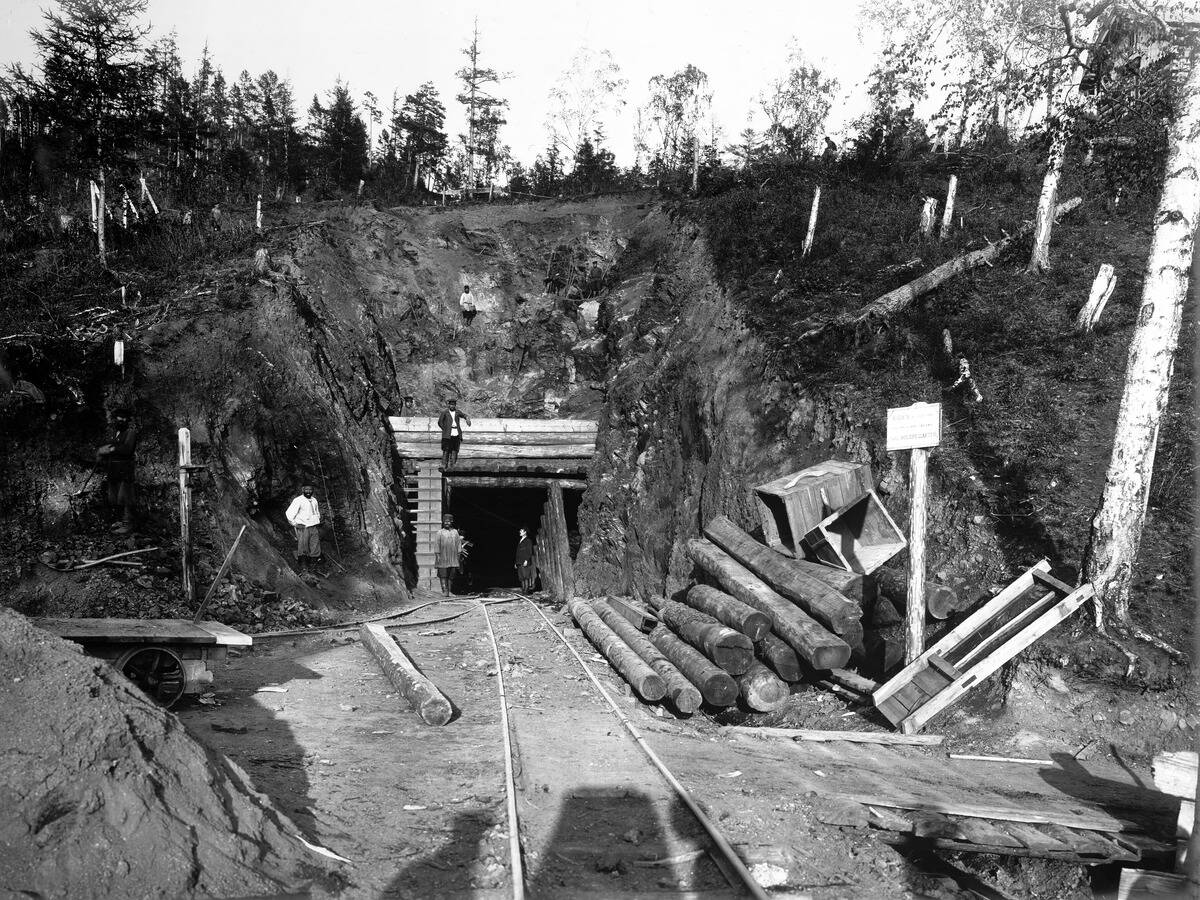
The transcontinental railroad was pivotal in transforming the Wild West, connecting distant territories and facilitating commerce and settlement. Completed in 1869, it enabled faster travel and communication, effectively shrinking the vast frontier. Towns sprang up along the rail lines, and the movement of goods and people became more efficient. The railroad played a key role in ending the isolation of the West, ushering in a new era of economic growth and development.
The Myth of the Lone Ranger: A Real-Life Inspiration?
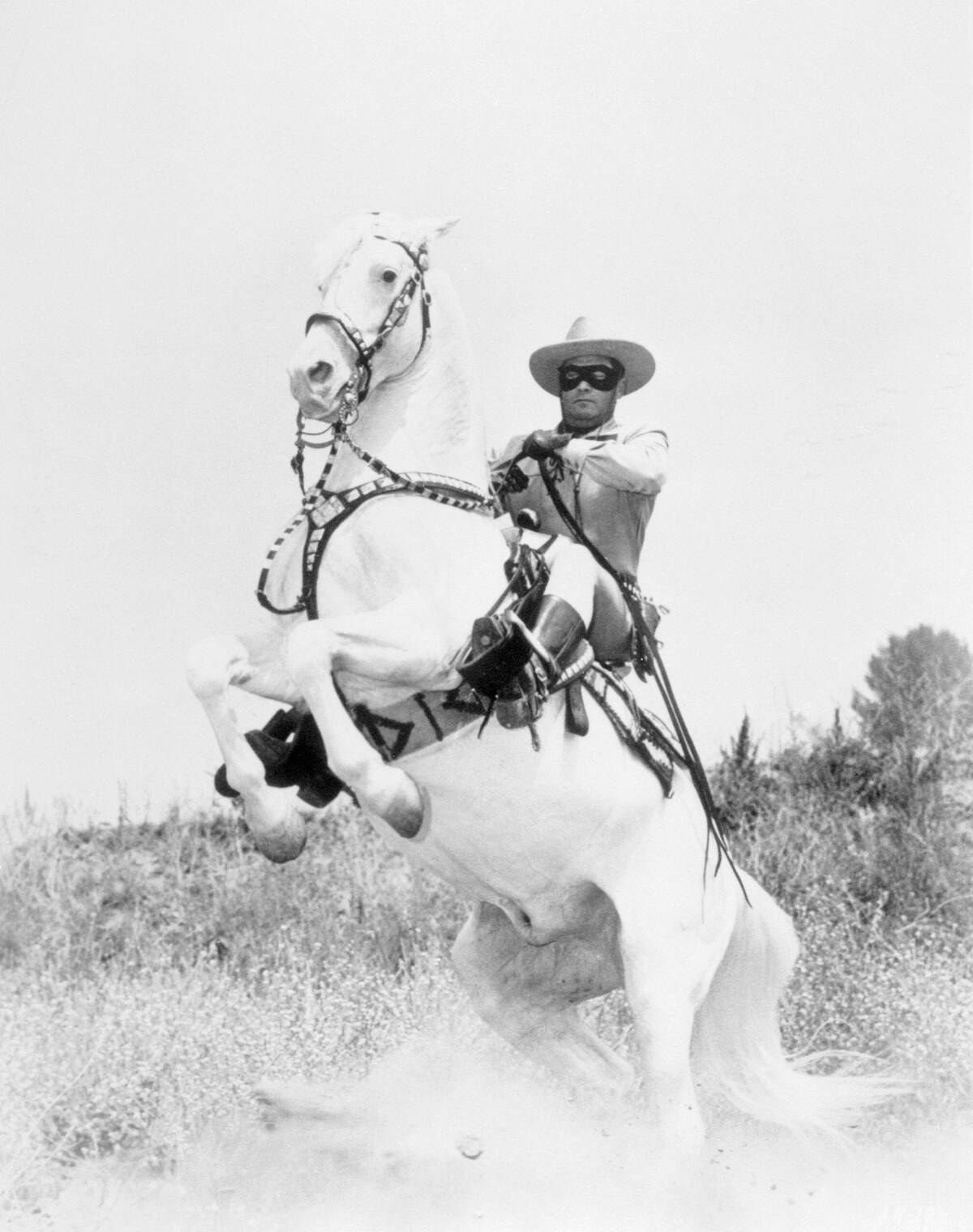
The Lone Ranger, a fictional masked hero, has long been a symbol of justice in the West. While purely a creation of radio and television, some speculate he was inspired by real-life lawmen like Bass Reeves. Reeves, one of the first Black deputy U.S. marshals west of the Mississippi, was known for his cunning and courage. Although the Lone Ranger remains a fictional character, his story echoes the bravery and determination of those who upheld the law in the frontier.
Frontier Medicine: Barbers, Quacks, and Miracle Cures
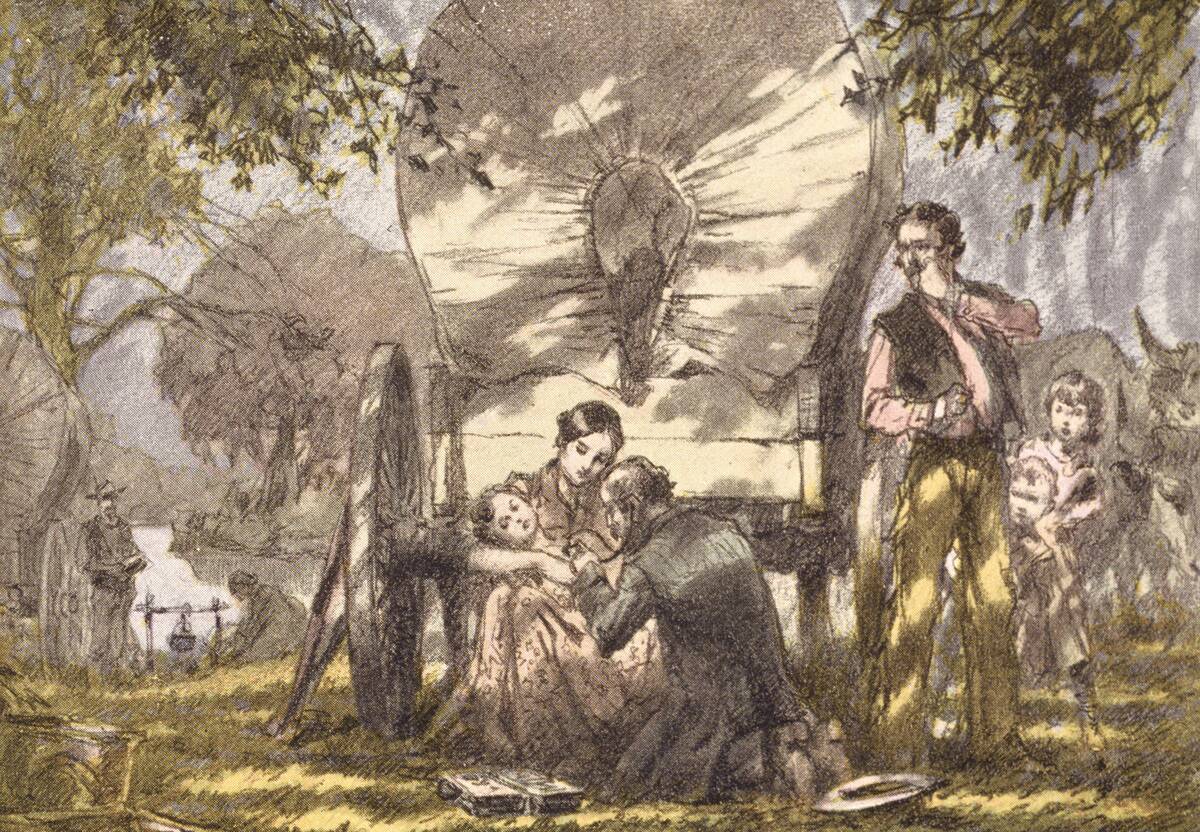
Medicine in the Wild West was a mix of traditional remedies and questionable practices. Barbers often doubled as surgeons, while “quack” doctors sold miracle cures that were more hype than help. Despite the lack of formal medical training, many practitioners developed effective treatments using local herbs and knowledge from Native American traditions. Frontier medicine was a patchwork of innovation and improvisation, reflecting the resourcefulness of those living on the edge of civilization.
The End of an Era: What Really Tamed the Wild West?
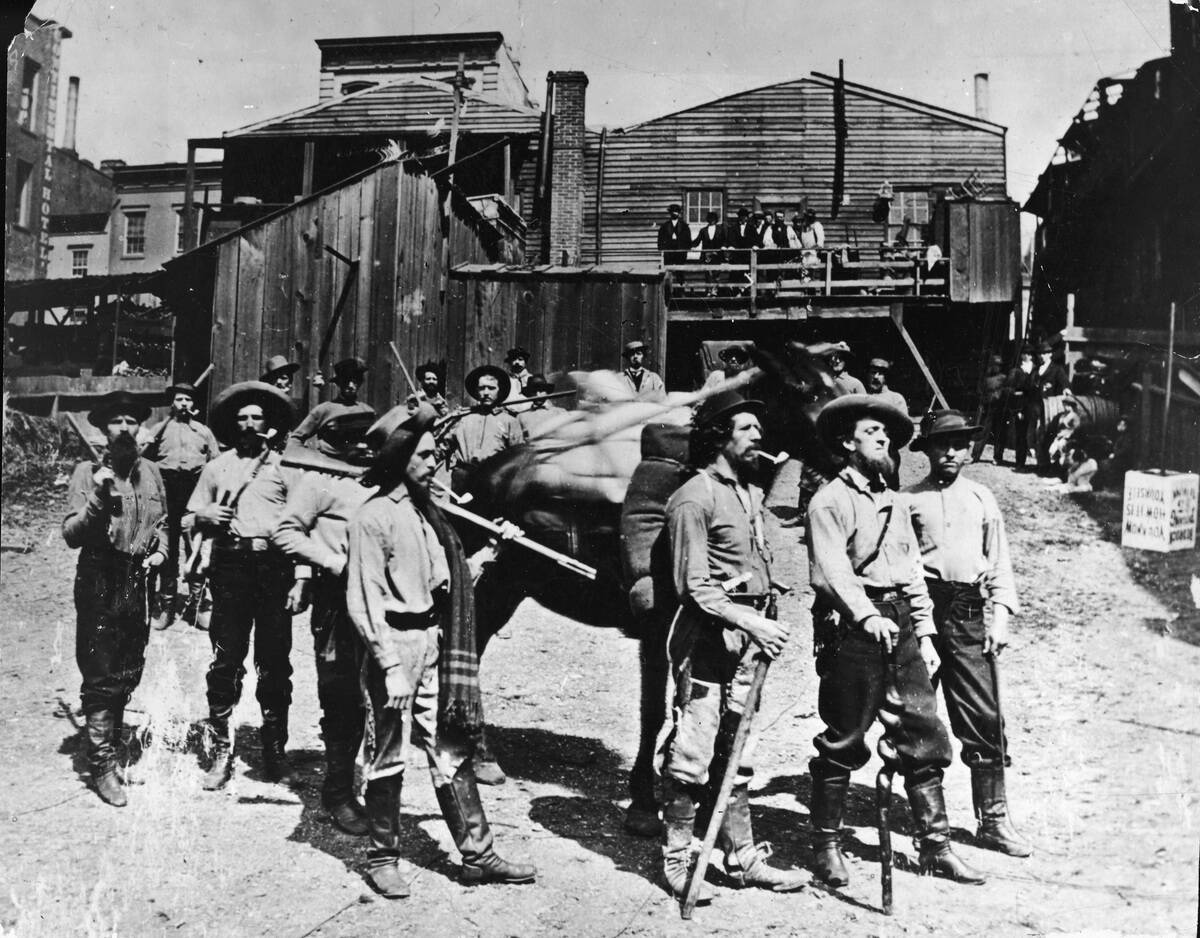
The Wild West era gradually faded due to several factors: the expansion of the railroad, the establishment of law and order, and the closing of the frontier. The 1890 Census declared the frontier closed, marking an end to the era of westward expansion. As territories became states and infrastructure improved, the once lawless and untamed land transformed into settled communities. The taming of the Wild West was a complex process involving technological, social, and political changes.



